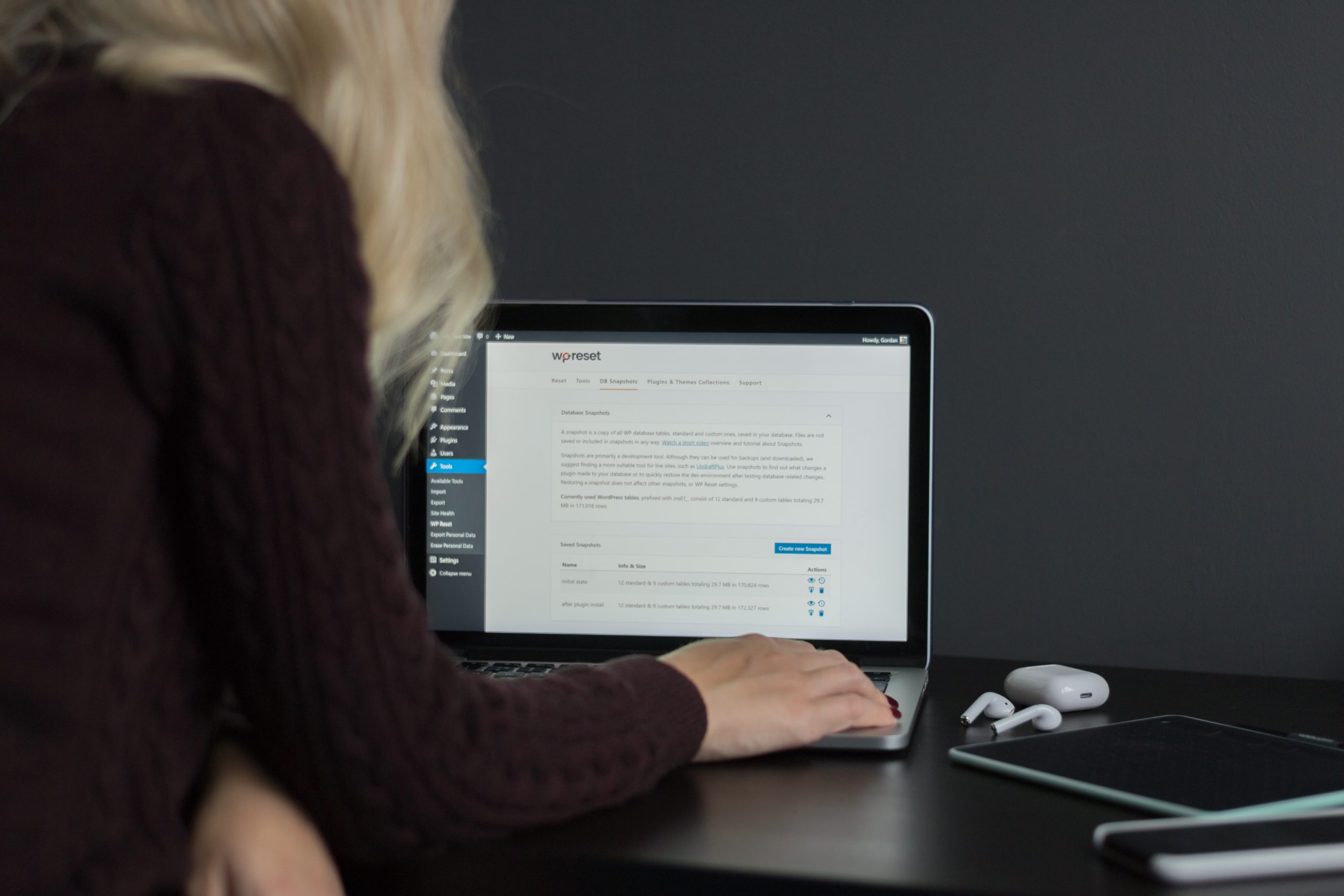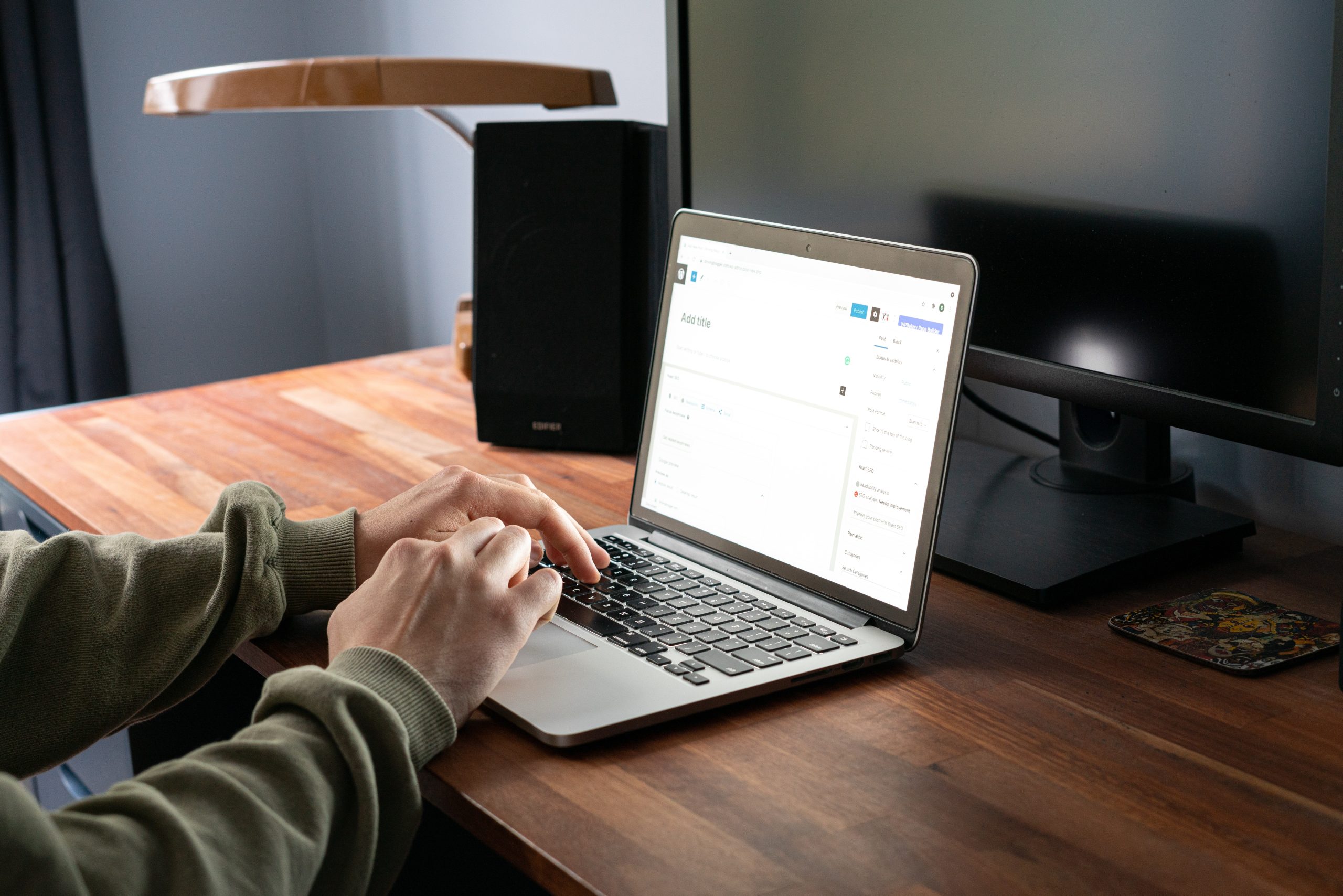WordPress is one of the most popular content management systems. It’s user-friendly and efficient, making it a top choice for bloggers and website owners alike. However, with its popularity comes increased risk of cyber attacks, particularly on the WP admin URL. Hackers can easily gain access to your website by targeting this vulnerable area.
To prevent such occurrences, it’s important to change your WP admin URL. While there are many plugins available that claim to do this quickly and easily, some users prefer not to use them due to compatibility issues or security concerns. In this article, we will provide step-by-step instructions on how to change your WP admin URL in WordPress without using any plugin at all.
Why changing WP Admin URL is important
Changing the WP Admin URL in WordPress is important for security reasons. By default, the login page is located at wp-admin, which makes it easy for hackers to target and access your website. Changing the admin URL makes it harder for attackers to find and exploit vulnerabilities in your site.
Moreover, renaming the WP Admin URL can also help protect your website from brute force attacks. When hackers attempt to guess your login credentials using automated tools, they often use common URLs like wp-admin or wp-login.php. By changing the admin URL, you reduce their chances of success.
In addition to improving security, changing the WP Admin URL can also help you customize and brand your site better. You can choose a unique name that reflects your business or niche and make it easier for visitors to remember and access your dashboard. Overall, changing the WP Admin URL is a simple but effective way to enhance security and control over your WordPress site.
 Step 1: Backup your WordPress site
Step 1: Backup your WordPress site
Backup your WordPress site. It is essential to backup your website before making any significant changes to it. This process will ensure that you have a clean slate in case anything goes wrong during the changing of your WP Admin URL. You can backup your site by using a plugin or manually through FTP.
If you choose to use a plugin, there are several options available such as UpdraftPlus and Jetpack. These plugins make it easy for you to create backups and restore them should anything happen to your site. However, if you prefer manual backups, you can do so by logging into your hosting account through FTP and saving all the files on your computer.
Once you have backed up your WordPress website, ensure that the backup is complete before proceeding with any further steps. A full backup would include all of the WordPress core files, theme files and database tables associated with the site; this way, if any issue arises later on in the process, you’ll be able to quickly restore everything back to its original state without losing data or content.
Step 2: Edit wp-config.php file
The second in changing the WP Admin URL in WordPress without a plugin is editing the wp-config.php file. This file contains important information about your WordPress installation, including database connection details and security keys. To access this file, you will need to use an FTP client or cPanel File Manager.
Once you have located the wp-config.php file, make a backup copy of it before making any changes. Then, add the following lines of code just above the “/* That’s all, stop editing! Happy blogging. */” line:
define(‘WP_HOME’,’http://example.com’);
define(‘WP_SITEURL’,’http://example.com’);
Replace ‘example.com’ with your website’s domain name and save the changes to the file. This will update your site URLs to reflect the new admin URL that you will be setting up in Step 3.
It is important to note that making any mistakes while editing this file can cause serious issues on your website, so proceed with caution and double-check all changes before saving them.
 Step 3: Edit functions.php file
Step 3: Edit functions.php file
The third step in changing the WP Admin URL in WordPress without a plugin involves editing the functions.php file. This can be done by accessing the file through your WordPress dashboard or via FTP. Before making any changes to this file, it is important to create a backup copy just in case something goes wrong.
Once you have accessed the functions.php file, add the following code snippet at the end:
function custom_admin_url() {
return ‘http://example.com/admin’;
}
add_filter(‘login_headerurl’, ‘custom_admin_url’);
Replace “http://example.com/admin” with your desired new admin URL. Save and upload the edited functions.php file back to your server.
Editing this file should only be done if you are comfortable with coding and have some experience working with WordPress files. It is always recommended to seek professional help if you are unsure of how to proceed with any steps involved in changing your WP Admin URL.
Step 4: Update permalinks
Updating permalinks is an important step when changing the WP Admin URL in WordPress. Permalinks are permanent links to your website’s pages and posts. When you change the WP Admin URL, it can affect your website’s permalinks. You need to update them to ensure that all links on your site still work correctly.
To update permalinks, go to the “Settings” menu in WordPress and select “Permalinks”. Then choose the permalink structure that you want for your site. There are several options available, but most websites use either “Post name” or “Month and name”. Once you have chosen a new permalink structure, click on the “Save Changes” button.
After updating permalinks, it is important to test all links on your website to ensure they are working correctly. This includes internal links on your pages and posts as well as any external links pointing to your site. If there are any broken links, you will need to fix them by updating their URLs with the new WP Admin URL.
 Step 5: Test new admin URL
Step 5: Test new admin URL
After completing the fourth step, it’s time to test if the new admin URL is working properly. Simply enter the new admin URL into your web browser’s address bar and hit Enter. If you’ve done everything correctly, you should be redirected to your WordPress login page.
Make sure to test the new URL on various devices and browsers. Also, try logging in using incorrect credentials to ensure that your website is secure against hacking attempts.
If for any reason, you encounter errors or issues after changing the WP Admin URL, make sure to revert back to the original one immediately. Always keep a backup of your website before performing any changes or modifications. Testing the new admin URL is crucial as it ensures that all of your website’s functionalities are running smoothly without any complications.
Conclusion: Benefits of changing WP Admin URL
In conclusion, changing the WP Admin URL comes with a host of benefits that make it worth the effort. First, it improves website security by making it harder for hackers to find the login page and launch brute force attacks. This extra layer of protection can prevent unauthorized access to sensitive information and ensure website data remains secure.
Secondly, changing the WP Admin URL helps to improve user experience by reducing spam comments and fake registrations. By redirecting bots and other automated systems away from your site’s backend, you reduce unnecessary traffic that can slow down your website’s performance.
Lastly, changing the WP Admin URL is a simple yet effective way of customizing your site’s branding. It adds an extra level of professionalism to your brand and makes it easier for visitors to remember your website address. Overall, taking time to change WP Admin URL may seem like a small step but has significant implications on security, performance, user experience as well as branding.


